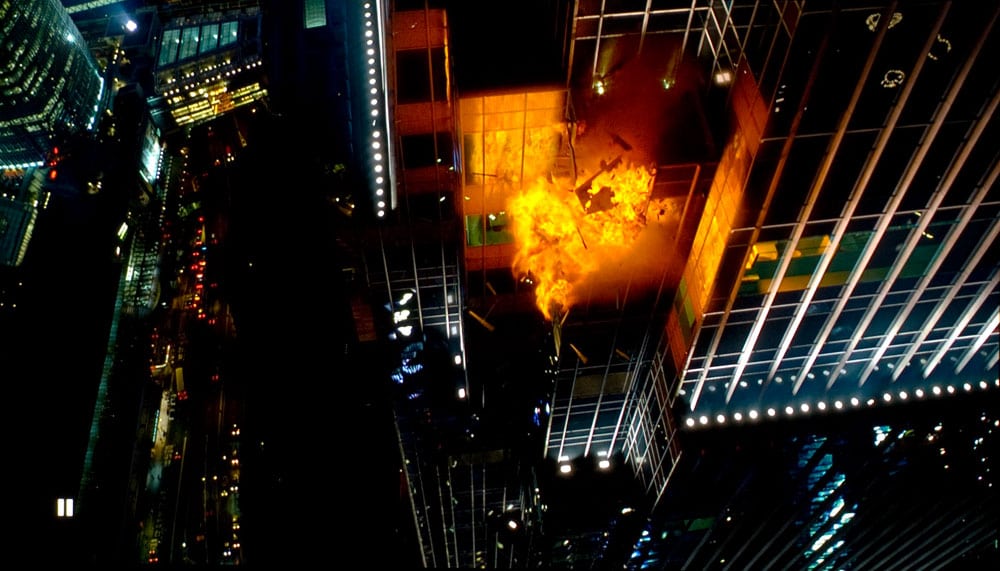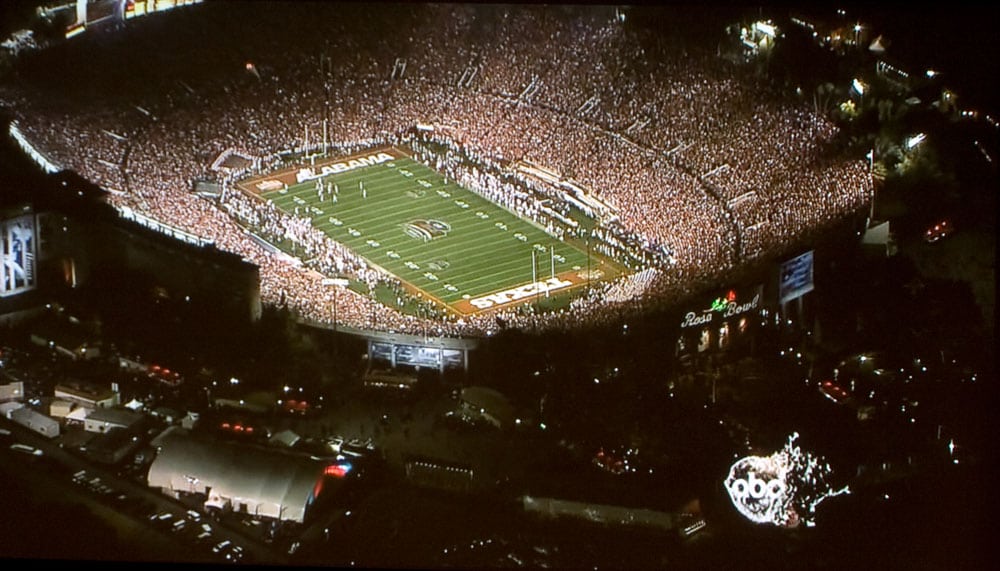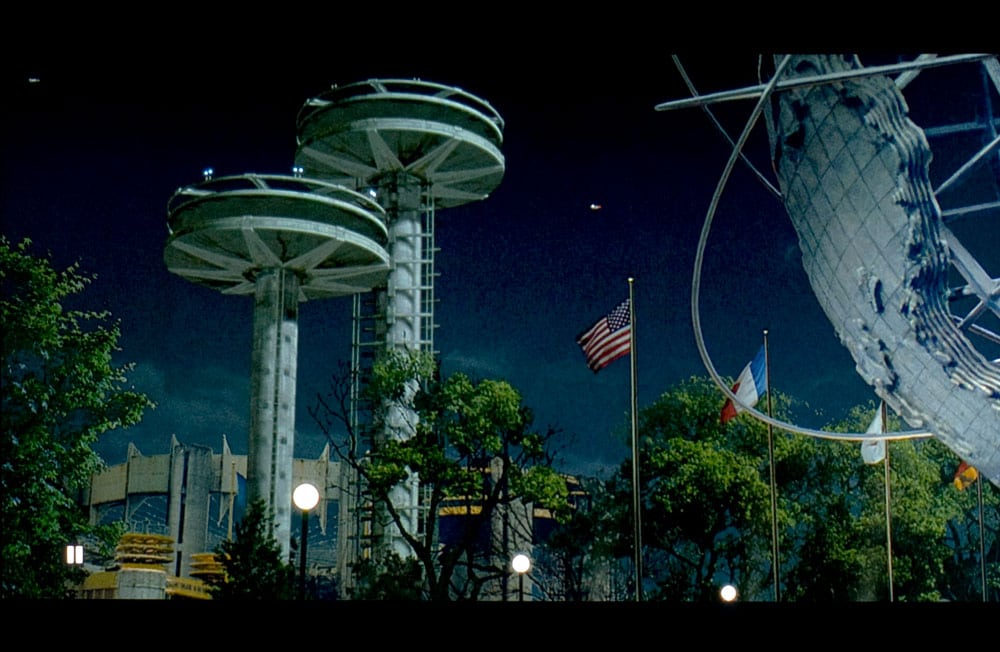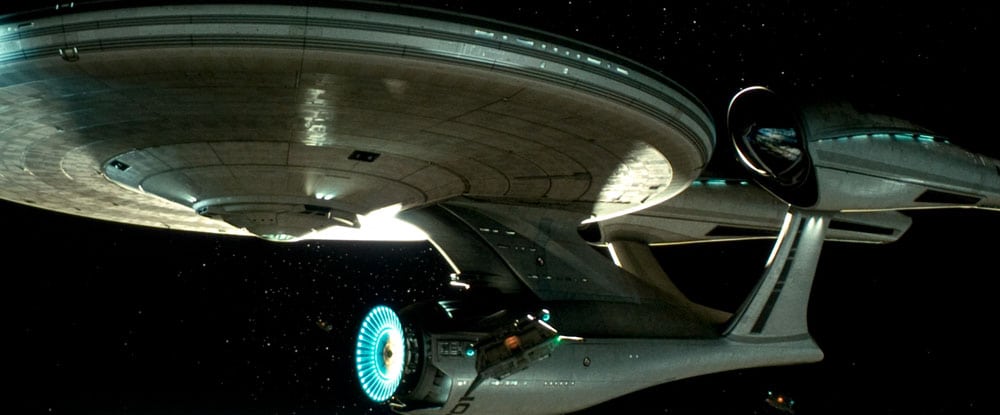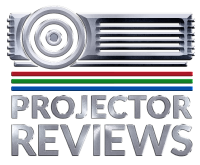- 2010 1080p Projector Comparison Report
- 1080p Projector Comparison Report2
- 1080p Projector Comparison Report3
- 1080p Projector Comparison Report4
- 1080p Projector Comparison Report5
- 1080p Projector Comparison Report6
- 1080p Projector Comparison Report7
- 1080p Projector Comparison Report8
- 1080p Projector Comparison Report9
- 1080p Projector Comparison Report-Special Features
- 1080p Projector Comparison Report-Special Features2
- 1080p Projector Comparison Report-Special Features3
- 1080p Projector Comparison Report-Special Features4
- Guide to the 2010 Home Theater Projector Comparison Report
- Guide to the 2010 Home Theater Projector Comparison Report2
- Guide to the 2010 Home Theater Projector Comparison Report3
- Guide to the 2010 Home Theater Projector Comparison Report5
- Home Theater Projector Comparison Report - Best in Class Awards for 2010
- Home Theater Projector Comparison Report - Best in Class Awards for 2010-2
- Home Theater Projector Comparison Report - Best in Class Awards for 2010-3
- Home Theater Projector Comparison Report - Best in Class Awards for 2010-4
- Home Theater Projector Comparison Report - Best in Class Awards for 2010-5
- Home Theater Projector Comparison Report - Best in Class Awards for 2010-6
- Home Theater Projector Comparison Report - Best in Class Awards for 2010-7
- Home Theater Projector Comparison Report - Best in Class Awards for 2010-8
- Home Theater Projector Comparison Report - Best in Class Awards for 2010-9
- Home Theater Projector Comparison Report - Best in Class Awards for 2010-10
- Home Theater Projector Comparison Report - Best in Class Awards for 2010-11
- Home Theater Projector Comparison Report - Best in Class Awards for 2010-12
- Home Projectors - Physical Tour
- Home Projectors - Physical Tour2
- Home Projectors - Physical Tour3
- Home Projectors - Physical Tour4
- Home Projectors - Physical Tour5
- Home Projectors - Physical Tour6
- Home Projectors - Physical Tour7
- Home Projectors - Physical Tour8
- 1080p Home Theater Projector Comparison Report - Image Quality2
- 1080p Home Theater Projector Comparison Report - Image Quality3
- 1080p Home Theater Projector Comparison Report - Image Quality4
- 1080p Home Theater Projector Comparison Report - Image Quality5
- 1080p Home Theater Projector Comparison Report - Image Quality6
- 1080p Home Theater Projector Comparison Report - Image Quality7
- 1080p Home Theater Projector Comparison Report - Image Quality8
- 1080p Home Theater Projector Comparison Report - Image Quality9
- 1080p Home Theater Projector Comparison Report - Image Quality10
- 1080p Home Theater Projector Comparison Report - Image Quality11
- 1080p Home Theater Projector Comparison Report - Image Quality12
- 1080p Home Theater Projector Comparison Report - Image Quality13
- 1080p Home Theater Projector Comparison Report - Image Quality14
- 1080p Home Theater Projector Comparison Report - Image Quality15
- 1080p Home Theater Projector Comparison Report - Image Quality16
- 1080p Home Theater Projector Comparison Report - Image Quality17
- 1080p Home Theater Projector Comparison Report - Image Quality18
- 1080p Home Theater Projector Comparison Report - Image Quality19
- 1080p Home Theater Projector Comparison Report - Image Quality20
- 1080p Home Theater Projector Comparison Report - Image Quality21
- 1080p Home Theater Projector Comparison Report - Image Quality22
- 1080p Home Theater Projector Comparison Report - Image Quality23
- 1080p Home Theater Projector Comparison Report - Image Quality24
- Home Projector Comparison Report - Performance2
- Home Projector Comparison Report - Performance3
- Home Projector Comparison Report - Performance4
- Home Projector Comparison Report - Performance5
- Home Projector Comparison Report - Performance6
- Home Projector Comparison Report - Performance7
- Home Projector Comparison Report - Performance8
- Home Projector Comparison Report - Performance9
- Home Projector Comparison Report - Performance10
- Compare Projectors - Epson Home Cinema 8500UB vs Sanyo PLV-Z3000
- Compare Projectors - Epson Home Cinema 8500UB vs Sanyo PLV-Z3000 2
- Compare Projectors - Epson Home Cinema 8500UB vs Sanyo PLV-Z3000 3
- Compare Projectors - Epson Home Cinema 8500UB vs Sanyo PLV-Z3000 4
- Compare Projectors - Epson Home Cinema 8500UB vs Sanyo PLV-Z3000 5
- Compare Projectors - Epson Home Cinema 8500UB vs Sanyo PLV-Z3000 6
- Compare Projectors - BenQ W6000 vs. Epson Home Cinema 8500UB
- Compare Projectors - BenQ W6000 vs. Epson Home Cinema 8500UB 2
- Compare Projectors - BenQ W6000 vs. Epson Home Cinema 8500UB 3
- Compare Projectors - BenQ W6000 vs. Epson Home Cinema 8500UB 4
- Compare Projectors - BenQ W6000 vs. Epson Home Cinema 8500UB 5
- Compare Projectors - BenQ W6000 vs. Epson Home Cinema 8500UB 6
- Compare Projectors - BenQ W6000 vs. Epson Home Cinema 8500UB 7
- Compare Projectors - Epson 8500UB vs. JVC DLA-RS25
- Compare Projectors - Epson 8500UB vs. JVC DLA-RS25 2
- Compare Projectors - Epson 8500UB vs. JVC DLA-RS25 3
- Compare Projectors - Epson 8500UB vs. JVC DLA-RS25 4
- Compare Projectors - Epson 8500UB vs. JVC DLA-RS25 5
- Compare Projectors - Epson 8500UB vs. JVC DLA-RS25 6
- Compare Projectors - Epson 8500UB vs. Panasonic PT-AE4000U
- Compare Projectors - JVC DLA-RS25 vs. JVC DLA-RS35
- Compare Projectors - JVC DLA-RS25 vs. JVC DLA-RS35 2
- Compare Projectors - JVC DLA-RS25 vs. JVC DLA-RS35 3
- Compare Projectors - JVC DLA-RS25 vs. JVC DLA-RS35 4
- Compare Projectors - JVC DLA-RS25 vs. JVC DLA-RS35 5
- Compare Projectors - JVC DLA-RS25 vs. JVC DLA-RS35 6
- Compare Projectors - JVC DLA-RS25 vs. JVC DLA-RS35 7
- Compare Projectors-Mitsubishi HC3800 vs. Optoma HD20
- Compare Projectors-Mitsubishi HC3800 vs. Optoma HD20 2
- Compare Projectors-Mitsubishi HC3800 vs. Optoma HD20 3
- Compare Projectors-Mitsubishi HC3800 vs. Optoma HD20 4
- Compare Projectors-BenQ W6000 vs. LG CF181D Home Projectors Compared
- Compare Projectors-BenQ W6000 vs. LG CF181D Home Projectors Compared 2
- Compare Projectors-BenQ W6000 vs. LG CF181D Home Projectors Compared 3
- Compare Projectors-BenQ W6000 vs. LG CF181D Home Projectors Compared 4
- Compare Projectors-BenQ W6000 vs. LG CF181D Home Projectors Compared 5
- Compare Projectors - Epson 8100 vs. Epson 8500UB
- Compare Projectors - Epson 8100 vs. Epson 8500UB 2
- Compare Projectors - Epson 8100 vs. Epson 8500UB 3
- Compare Projectors - Epson 8100 vs. Epson 8500UB 4
- Compare Projectors - InFocus SP8602 vs. JVC DLA-RS15
- Compare Projectors - InFocus SP8602 vs. JVC DLA-RS15 2
- Compare Projectors - InFocus SP8602 vs. JVC DLA-RS15 3
- Compare Projectors - InFocus SP8602 vs. JVC DLA-RS15 4
- Compare Projectors - InFocus SP8602 vs. JVC DLA-RS15 5
- Compare Projectors - InFocus SP8602 vs. JVC DLA-RS15 6
- Compare Projectors - InFocus SP8602 vs. JVC DLA-RS15 7
- Home Theater Projectors - Warranty and Support 2
- Home Projector Comparison Report: Summary 2
- Home
- All Reviews
- By Category
- By Manufacturer
- Best Projectors
- Best Projectors By Category
- Best Projectors On Amazon
- Best 4K Projectors
- Best Ultra Short Throw Projectors
- Best Laser TVs
- Best Gaming Projectors
- Best Home Theater Projectors
- Best Projectors Under $1,000
- Best Projectors Under $500
- Best Portable Projectors
- Best Outdoor Projectors
- Best Bright Budget-Friendly Outdoor Projectors
- Best Battery Powered Outdoor Projectors
- Best Outdoor Projection Screens
- Industry News
- Reports
- Projector Manufacturers
- Manufacturer Terminology
- Manufacturers
- Recent Articles
- Custom Integration
- Projection Terms
- Projector Manufacturers Categories
- Videos
- Blog
Close
Menu
- All Reviews
- By Category
- By Manufacturer
- Best Projectors By Category
- Best Projectors On Amazon
- Best 4K Projectors
- Best Ultra Short Throw Projectors
- Best Laser TVs
- Best Gaming Projectors
- Best Home Theater Projectors
- Best Projectors Under $1,000
- Best Projectors Under $500
- Best Portable Projectors
- Best Outdoor Projectors
- Best Bright Budget-Friendly Outdoor Projectors
- Best Battery Powered Outdoor Projectors
- Best Outdoor Projection Screens
- Latest News
- Reports & Guides
- Manufacturers
- Articles
- Custom Integration
- Projection Terms
- Blog
close

